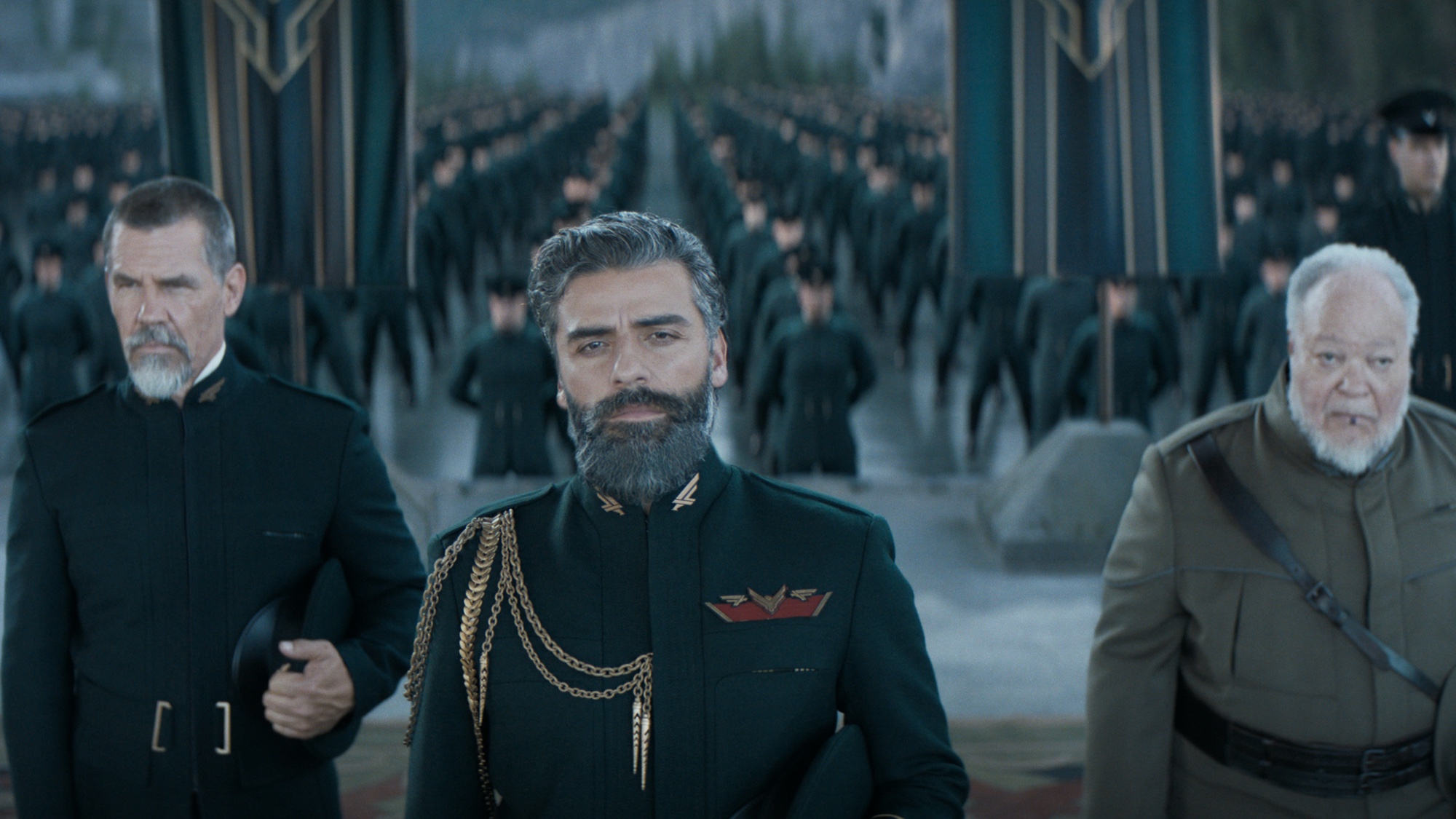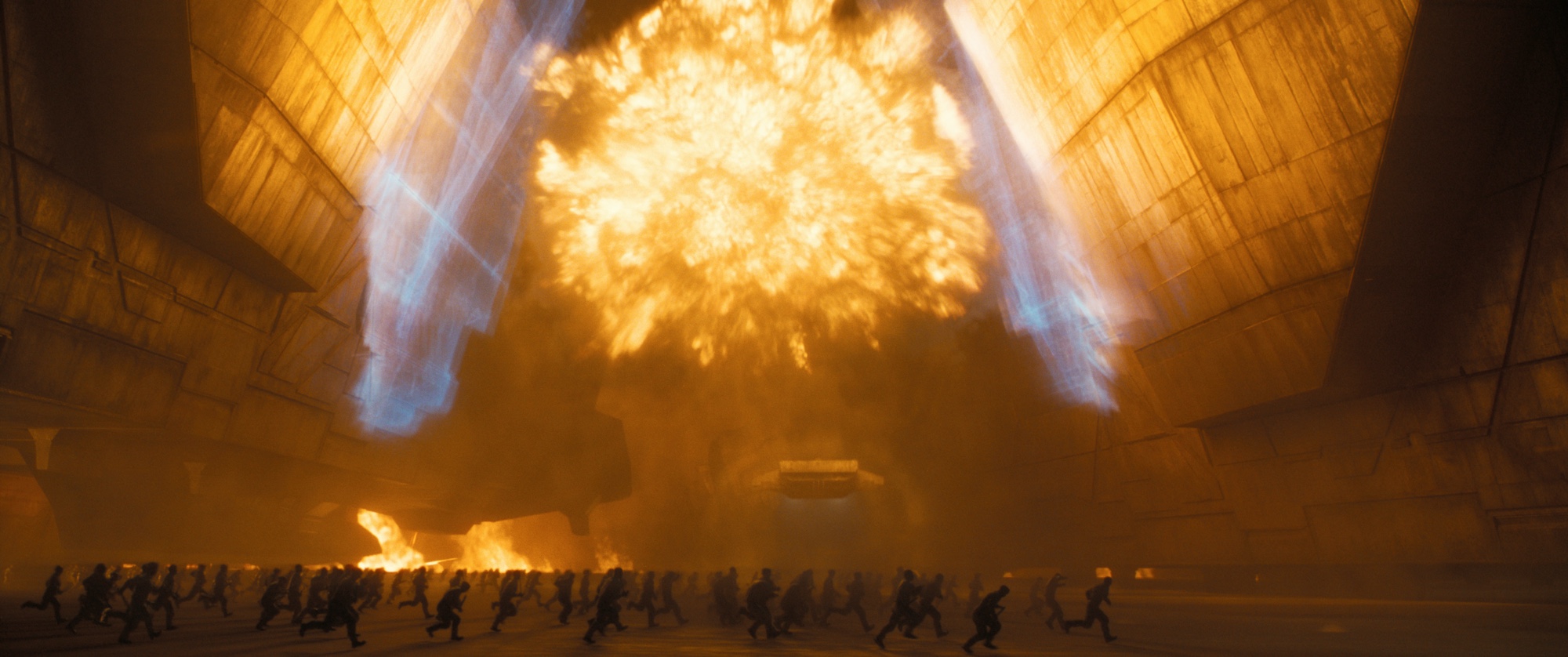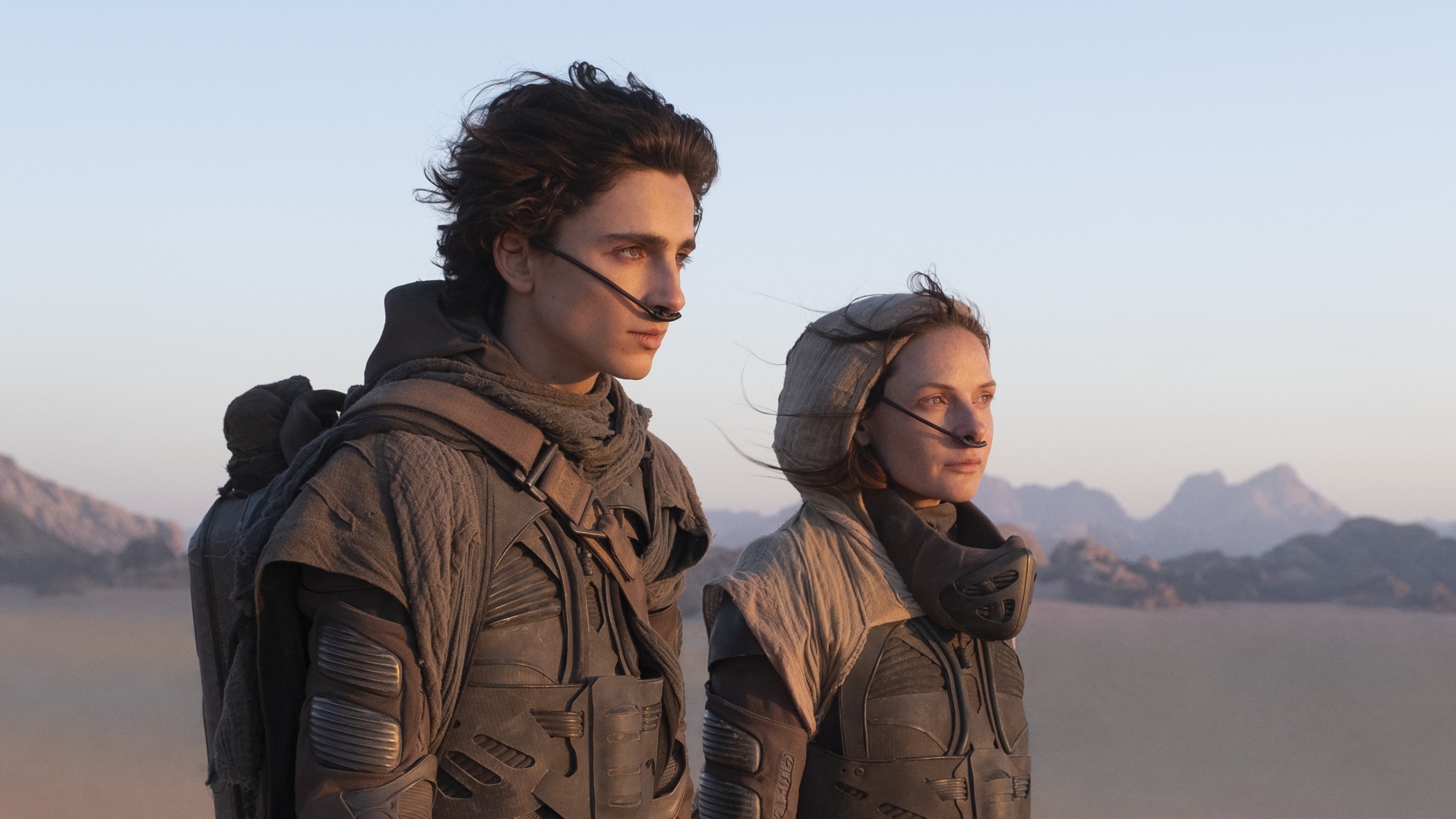Don’t make the Dune mistake I did — don’t see it like this
On Friday, I was lucky enough to see an early screening of Dune, and I left the theater with two things on my mind. In one moment, I thought “Wow, that was good,” and the other, I pondered “maybe I should have waited.”
Why’s that? Shouldn’t I have just been happy to see the sci-fi epic weeks before it came out? Well, my regret came from a few select scenes, but that’s all it can take to leave an impact on how you experience a movie.
Dune is such a fantastic movie — a true piece of art, buried in a year of schlocky but enjoyable action — that I noticed it when things felt incorrect. And from my vantage point, Dune doesn’t work when you’re seeing what feels like an inferior version.
We were warned

Walking out of Dune having felt like I got the short shrift, the words of its director Denis Villeneuve (in an interview with Deadline) rang out in my head. Without the interviewer even asking about the best way to see Dune, Villeneuve spoiled the winner, stating “I encourage people to see it on the big screen… It has been dreamed, designed, and shot thinking about IMAX. When you watch this movie on the big screen, it’s almost a physical experience. We designed the movie to be as immersive as possible, and for me, the big screen is part of the language.”
Don’t take those words as I did, as a bit of a marketing ploy. Yes, IMAX tickets cost more, and who knows if he sees that extra cash, but having seen Dune in a regular theater (the pretty decent WarnerMedia screening room in the Hudson Yards area of New York City), I can already tell I saw the lesser version.
No, it’s not that I missed any scenes. I honestly felt like I could tell when I was seeing a fraction of the story. Which makes sense when you remember that IMAX films can have a very tall aspect ratio, a much more squareish 1.90:1 frame, when compared to the more stretched-out 16:9 ratio for most movies. With Dune, it felt like I lost something in the difference between those two sizes. No, I wasn’t losing jokes like we’ve seen with the 16:9 presentation of originally 4:3 shows such as Simpsons and Seinfeld, but I was being taken out of the moment.
Context is key for establishing things

Watching Dune in a traditional wide-screen theater, I could tell something was off. Whole shots of the castle on Arrakis where the Atreides family had been living seemed like they were zoomed in from a larger vantage point. You may not see it without being warned in advance, but I’m pretty sure viewers will understand what I mean.
My colleague Alyssa Mercante of Games Radar cued me into what I was missing, telling me that her partner “felt like it wasn’t properly depicted that they were in a big city not just their castle,” which is when I learned that their castle was in a city, and not in the distance from a city.
Another shot, where Gurney Halleck (played by Josh Brolin) ran out to stop the invaders, seemed off as well. I couldn’t tell where that was — but it was one of the spots that Leto (Oscar Isaac) had told him to guard.
I don’t begrudge Villeneuve for making Dune how he wanted. At the screening I attended, he did a bit of Q&A and his passion for the film (if it wasn’t obvious from the quality of the movie itself) came through crystal clear. But I do feel a little weird about how Dune doesn’t feel right on a regular theater.
When I saw No Time To Die (which also came out on IMAX) days later, I didn’t have this experience at all. Yes, Dune is a completely different kind of film than Bond, but those moments that didn’t click for me in Dune felt like they could have been changed up or re-edited to not make the regular-theater version feel lesser-than.

Look at the above shot, it’s an untouched press asset for the movie. Look how tall it is. Those moments, where Chani (Zendaya) and Paul Atreides (Timothée Chalamet) are walking through the winding nooks of the desert, would have been far more intimate had they been presented as such. You would have seen the scene more as they did, inside the confines of the walls.
What about seeing Dune at home?

We already know Villeneuve wants us to see this movie in a theater — and that the IMAX is the best situation for that. But I’ve started to wonder about seeing Dune at home as opposed to seeing it in a theater.
Throughout the pandemic, I’ve constantly thought about the pros and cons of seeing films at home. And — I hate to admit it — but I (again) agree with Villeneuve. A lot of what I love about Dune is how it feels like it wraps you up in its sprawling desserts. Hans Zimmer’s score booms tremendously. The visceral fights have you near-ready to shout your support for Duncan Idaho (Jason Momoa) and Gurney. The fluttering wings of the flying ships hypnotize and feel utterly new.
And I think — nay, I know — watching that movie at home would have taken me out of that moment. Because life loves to interrupt when you’re at home, as opposed to the theater where you silence your phone (you silence your phone, right?). The walls of a theater only rarely let in noise from outside.
Sure, those with home theaters that block out sound from outside, but that’s not the case where I live. Cars with ferocious stereos boom with bass as they drive through New York City (it literally happened again as I typed that sentence). Dune should not be disrupted by a honking automobile, completely incongruous to its world.
But take it from a guy who went into Dune with only a cursory understanding of what would follow (I couldn’t have told a Muad’Dib from a Sardaukar): this is a movie that’s deserving of your full and undivided attention in its tall IMAX aspect ratio.
For all the latest Technology News Click Here
For the latest news and updates, follow us on Google News.
